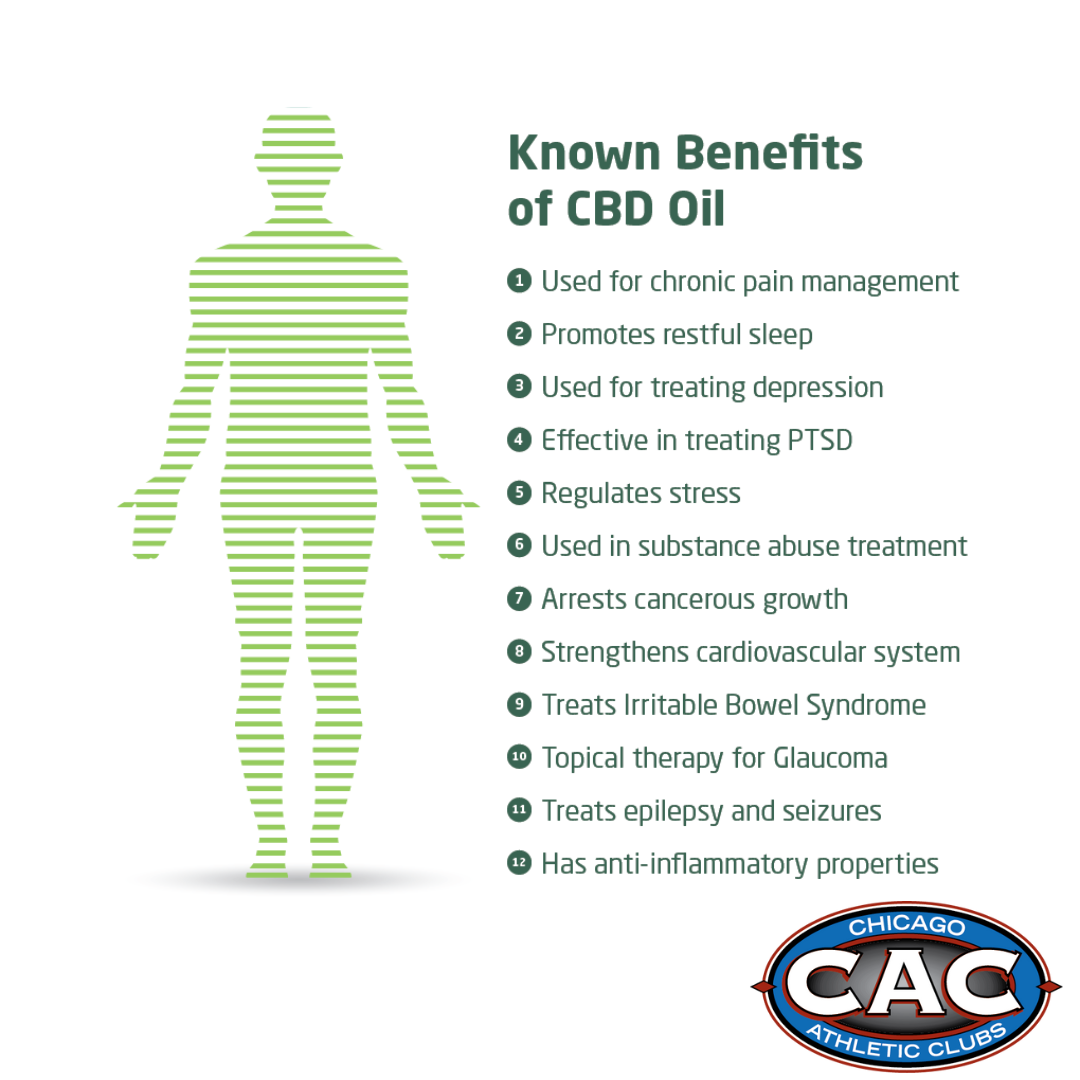The 20-Second Trick For Green Dr Cbd
Table of ContentsNot known Factual Statements About Green Dr Cbd Some Known Details About Green Dr Cbd The Single Strategy To Use For Green Dr CbdSome Ideas on Green Dr Cbd You Should Know
The most common conditions for which medical cannabis is utilized in Colorado and Oregon are discomfort, spasticity connected with numerous sclerosis, nausea or vomiting, posttraumatic stress disorder, cancer, epilepsy, cachexia, glaucoma, HIV/AIDS, and degenerative neurological conditions (CDPHE, 2016; OHA, 2016 (cbd dog treats for anxiety). We contributed to these problems of passion by examining lists of qualifying ailments in states where such use is legal under state lawThe board realizes that there might be various other problems for which there is proof of effectiveness for cannabis or cannabinoids (https://www.gaiaonline.com/profiles/greendrcbd/46666617/). In this chapter, the board will certainly talk about the searchings for from 16 of one of the most recent, great- to fair-quality systematic evaluations and 21 key literature short articles that ideal address the committee's research inquiries of passion

Light et al. (2014 ) reported that 94 percent of Colorado clinical cannabis ID cardholders suggested "serious pain" as a clinical problem. Ilgen et al. (2013 ) reported that 87 percent of participants in their research study were looking for clinical cannabis for pain relief. Furthermore, there is proof that some people are replacing the use of conventional pain drugs (e.g., narcotics) with marijuana.
What Does Green Dr Cbd Mean?
Integrated with the survey data recommending that discomfort is one of the key reasons for the usage of clinical marijuana, these current reports suggest that a number of pain people are replacing the use of opioids with cannabis, in spite of the reality that marijuana has actually not been approved by the United state
Five good5 to fair-quality systematic reviews methodical evaluations. Snedecor et al. (2013 ) was narrowly concentrated on pain relevant to back cable injury, did not consist of any researches that made use of marijuana, and just recognized one research investigating cannabinoids (dronabinol).

The Basic Principles Of Green Dr Cbd
For the purposes of this discussion, the key resource of info for the result on cannabinoids on persistent pain was the testimonial by Whiting et al. (2015 ). Whiting et al. (2015 ) consisted of RCTs that compared cannabinoids to usual treatment, a sugar pill, or no treatment for 10 conditions. Where RCTs were inaccessible for a problem or result, nonrandomized studies, consisting of unrestrained studies, were considered.
( 2015 ) that was specific to the results of breathed in cannabinoids. The rigorous testing technique used by Whiting et al. (2015 ) led to the recognition of 28 randomized trials in people with persistent pain (2,454 individuals). Twenty-two of these trials reviewed plant-derived cannabinoids (nabiximols, 13 trials; plant blossom that was smoked or vaporized, 5 tests; THC oramucosal spray, 3 tests; and oral THC, 1 test), while 5 tests examined synthetic THC (i.e., nabilone).
The clinical problem underlying the persistent pain was most commonly related to a neuropathy (17 trials); various other problems included cancer discomfort, numerous sclerosis, rheumatoid arthritis, bone and joint concerns, and chemotherapy-induced pain. = 0 (green dr).992.00; 8 tests).
Just 1 test (n = 50) that checked out breathed in cannabis was included in the effect size estimates from Whiting et al. (2015 ). This study (Abrams et al., 2007) Suggested that cannabis reduced pain versus a sugar pill (OR, 3.43, 95% CI = 1.0311.48). It deserves noting that the impact size for breathed in marijuana is constant with a separate recent testimonial of 5 tests of the impact of inhaled cannabis on neuropathic discomfort (Andreae et al., 2015).
Not known Factual Statements About Green Dr Cbd
There was also some evidence of a dose-dependent effect in these researches. In the addition to the reviews by Whiting et al. (2015 ) and Andreae et al. (2015 ), the board identified 2 extra studies on the impact of cannabis blossom on acute pain (Wallace et al., 2015; Wilsey et al., 2016).
These 2 studies are regular with the previous evaluations by Whiting et al. (2015 ) and Andreae et al. (2015 ), suggesting a decrease in pain after marijuana administration. In their review, the board found that just a handful of studies have actually examined the use of marijuana in the United States, and all of them evaluated marijuana in blossom type provided by the National Institute on Medicine Abuse that was either evaporated or smoked.